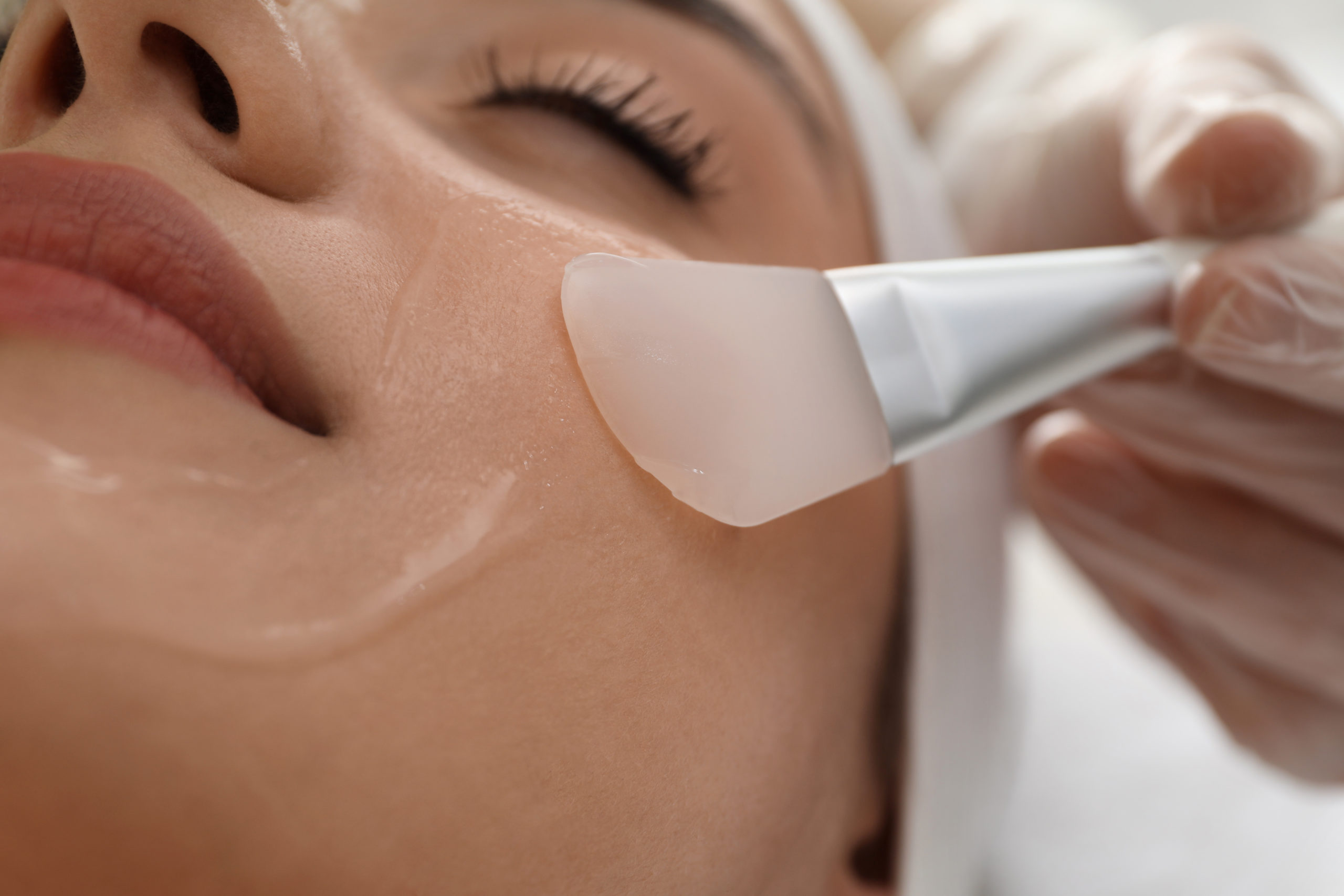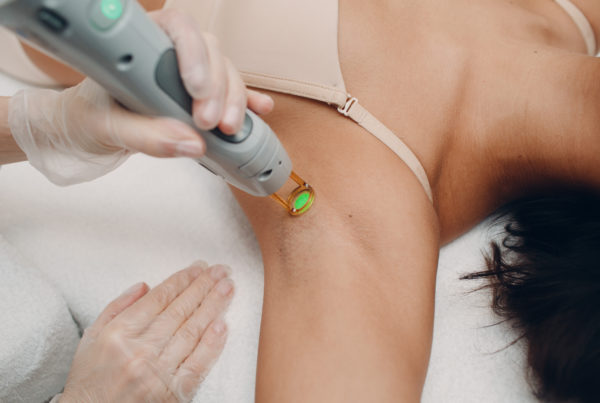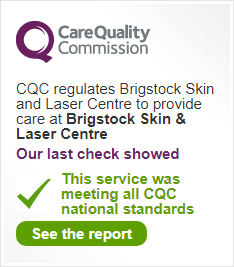Do chemical peels work and can they really reveal youthful skin?

There are so many different choices when it comes to treatments for rejuvenating your skin. Plastic surgery, botulinum toxin, fillers, skin needling, microdermabrasion, IPL – the list goes on!
Everyone’s skin is unique and responds differently to treatments, so you may well try more than one before you find something that gives the results you want in a way that suits you.
One popular skin rejuvenating treatment that many clients choose is chemical peels. This is a non-invasive treatment without the need for injections. Results are a natural enhancement to the skin, not changing anything deeper or making a permanent alteration to your face.
What is a chemical peel?
As the name suggests, this treatment uses chemicals to peel away excessive dead cells from your skin. This reveals the fresh layers underneath resulting in a brighter look.
However, they’re not all the same! There are a variety of peels available which use different ingredients, which work at different skin depths.
What are the different peels?
The general description for the three different levels of peel is: superficial (or light), medium and deep.
- Superficial peels are often used to help brighten and smooth the texture of the skin, and can reduce acne and mild acne scarring
- Medium peels are used for hyperpigmentation, melasma, fine lines and can help treat deeper scars
- Deep peels can help improve the appearance of the deepest scars, wrinkles and severe sun damage
Peels can be used on other parts of the body too, including the neck, décolletage and forearms. They can also help with stretch marks.
How do they work?
- Superficial peels:
The peel is applied to your skin and left on for the required time, usually a few minutes. This removes the skin cells from the top layer of your skin. Regular treatment is recommended to maintain the results.
No downtime is required after a treatment.
- Medium peels
The peel is applied to your skin and left on for the required time, again this is usually a few minutes. It removes the skin cells from the top AND the middle layers of your skin. Treatment is recommended every 6-12 months to maintain the results.
You may experience some redness immediately afterwards, but this should soon return to normal.
- Deep peels
As this affects the deeper layers of your skin, you may require a local anaesthetic and/or sedative to numb the pain. The peel is left on the face for 30 minutes, sometimes more. You may need down time after a deep peel and will need to avoid the sun for at least a month.
After treatment, your skin may also benefit from using skin care creams formulated to reinforce and support results from your peel. Treatment tends to be long lasting, with repetition not usually needed.
What’s the best choice for aesthetic results?
A deep peel tends to be used for more extreme conditions, with superficial or medium peels usually recommended for more aesthetic results such as wrinkle reduction, or to help with acne.
How do I find out more?
It’s important to get advice from experienced professionals. Depending on your requirements, this might be doctors with a special interest in dermatology, or clinical technicians who have the correct training and proven expertise.
Most clinics will provide information on in-house expertise and you should be able to find out information about training, quality controls, results guarantees and pricing via a clinic’s website or by calling. Reviews are always good to look at, especially when they specifically refer to the treatment you are interested in.
If you want a benchmark to start from, Brigstock Skin & Laser is a good starting point for comparisons with other clinics. Our team includes doctors, nurses and clinical technicians so you will get the best advice and the right peel for your skin. You can read about the team here. You can also check out reviews here. Call us on 0208 683 6730 or by clicking on this link for your free initial consultation
Like every treatment option, chemical peels may not be right for your skin. Which is why before you book a treatment you should talk to an experienced professional who will advise and guide you so you get the results you want.





